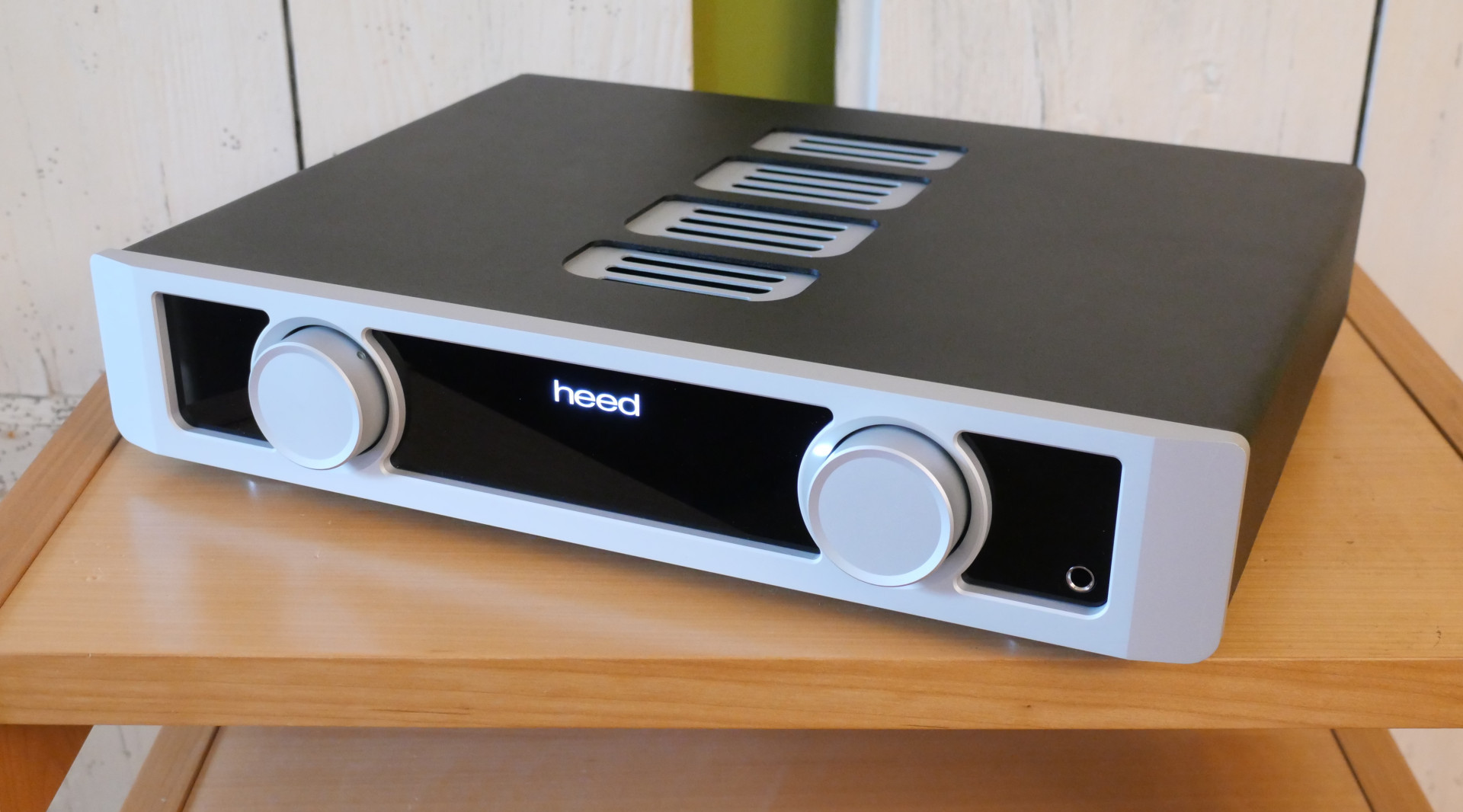How low can you go?
By Roy Gregory

Six-figure source components, amplifiers so big that they have to be built into multiple boxes (just so that they can be lifted), loudspeakers you could sleep in or components so resolutely retro they might have originated in the first half of the last century: such is the stuff of cutting-edge audio performance. But for all but the lucky few, these are of merely passing or academic interest, so far beyond the affordable as to be largely irrelevant for all practical purposes. Of far greater moment for most of us, is the question of how much of that cutting-edge performance is attainable at more modest prices? Of greater moment to the industry as a whole, is (or should be) the question of where serious audio performance starts? If a new generation of audio buyers is going to emerge, the industry better be providing the sort of products that offer a first rung on the ladder.
I recently reviewed (and seriously enjoyed) Neodio’s innovative and iconoclastic TMA (The Minimalist Amplifier) integrated amp. It’s exactly the sort of musically engaging and rewarding product we need. At a little over €4,000 it’s not exactly chicken feed, although it does promise to form the heart of a rewarding and affordable musical system. With four, line inputs and no remote, it’s both minimalist by name and distinctly minimalist by nature, with an unusual list of features, concerned almost entirely with longevity and a low carbon footprint, rather than audio facilities or functionality. But much as I admire its musical performance and ethical stance, I appreciate that the TMA is not for everyone. A different kind of customer requires a different kind of amplifier, but one that in an ideal world, doesn’t sacrifice musical performance to achieve greater versatility. Many of those looking for a first serious system want greater functionality without additional boxes: many of those looking for a second system want the same, albeit for different reasons. A tall order? Certainly – which is why it’s time then to meet the Heed Audio Lagrange, a product that promises just that…
The Lagrange is a compact, elegant and beautifully finished integrated amplifier of classically minimalist appearance. It costs €5,750 (including sales tax), placing it one rung above the TMA, at least cost-wise. It’s carefully contoured, colour contrasted fascia offers two rotary knobs and an illuminated Heed logo. It’s neither tall, nor particularly deep (430 x 90 x 360mm, 17” x 3.5” x 14”) but your first surprise comes when you pick it up: this is one solid and extremely dense unit! Despite its svelte appearance and small footprint, the Lagrange weighs in at 15kg (or 33 of those old-world pounds). Your next surprise will come when you look at the back panel: it’s overflowing with sockets. There are four line-inputs on RCA sockets and two pairs of binding posts for a single set of speakers. So far so ‘only to be expected’. Then there’s a pre-out and a line out, a moving-magnet phono-stage and a Home Theatre bypass input. Nestled on the extreme left of the rear panel are a USB, S/PDIF (on RCA) and TosLink inputs that feed the optional internal DAC (€690). That’s the visible stuff. On top of that, nestling unnoticed on the front-panel (where it’s actually useful) is a socket for ¼” headphone jack, fed by a dedicated Class A headphone amp. There’s also a BlueTooth wireless input. Pretty much the only thing missing is a network connection – of which more later.

